Welcome to the UK’s city of culture – with diversity centre-stage
Coventry can often seem forgotten by tourism and the arts but its past is culturally rich and so is its future, reports David Lister


Among the most powerful images of the destruction caused by the Second World War are the ruins of the bombed Coventry cathedral and the photographs of King George VI wandering around them. When the cathedral was rebuilt and consecrated in 1962, it was decided to mark the reopening with culture, and so Benjamin Britten composed his “War Requiem” for the occasion, and it was premiered there.
Of course, by then there was another war, the Cold War, and one of the sopranos that Britten had chosen for the occasion was not allowed to leave the Soviet Union to perform. But the performance, sombre yet dramatic, was the start of Coventry’s desire to look forward in hope and embrace harmony and unity among those affected by war.
The city, which created the concept of “twinning” with places abroad, has a record number of 26 twin cities around the world, and, significantly, chose its partners carefully to emphasise the need for harmony and understanding. Among its twins are Dresden, Stalingrad (now Volgograd) and Nagasaki, all, like Coventry, were victims of destruction.
Now, culture is again at the forefront in Coventry. The city, believed to be the setting for George Eliot’s novel Middlemarch, and certainly the birthplace for two-tone music and its leading lights The Specials, is now also the UK City of Culture. It was officially the UK City of Culture 2021, running from last May to May 2022, but the pandemic meant that few events could be held. The opening event was meant to be in front of 125,000 people lining the streets. That was cancelled as lockdown was announced, and the opening ceremony was virtual. But now the whole jamboree is firmly up and running and the next few months will be a major cultural showcase for the city.
Not everything was lost in the pandemic, however. One of the city’s great legendary figures, Lady Godiva, and her naked horse ride through Coventry was commemorated with a procession of new “Lady Godivas” on horseback through the city – this time their modesty protected by cloaks.
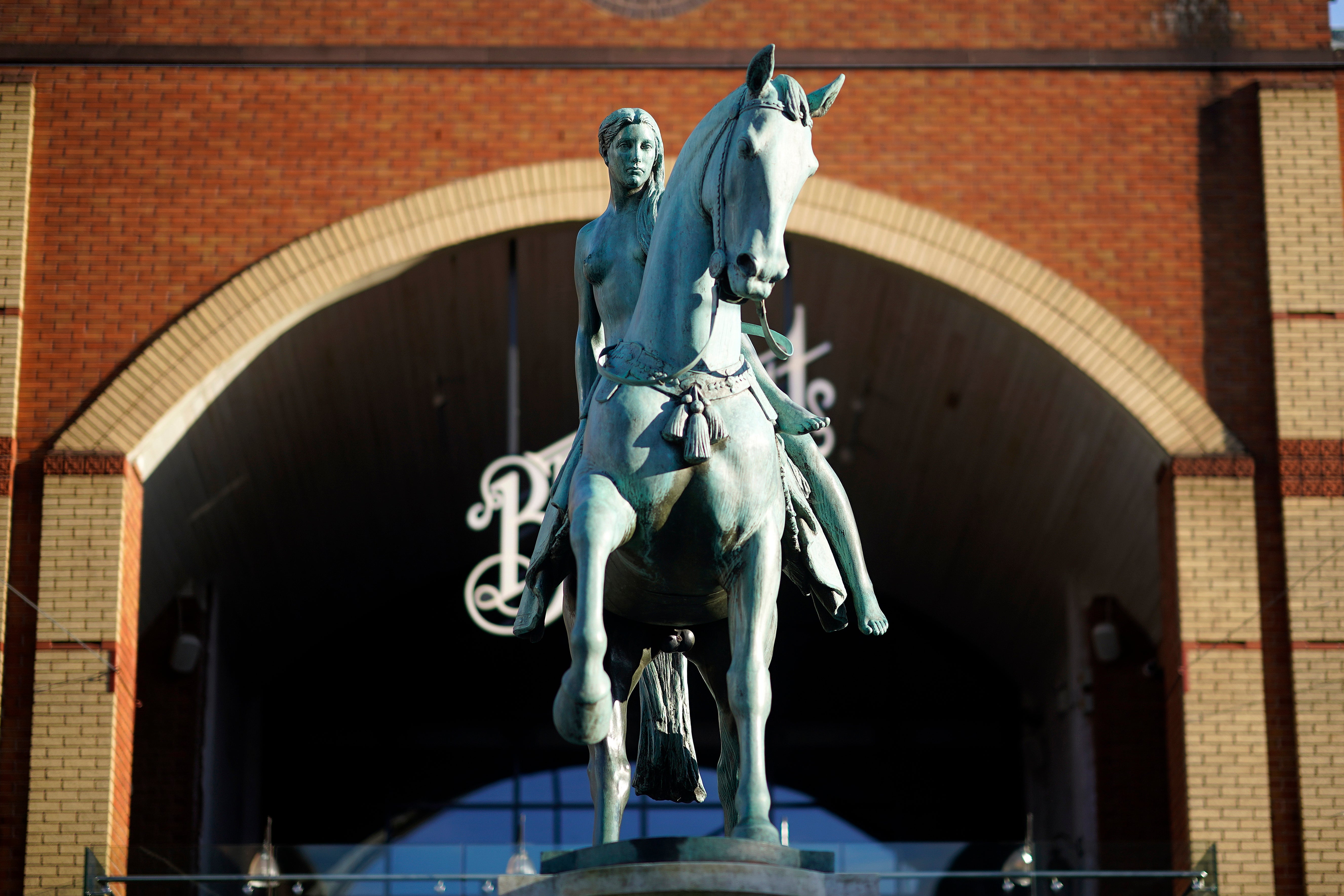
For those unfamiliar with this little corner of history, it is said that Lady Godiva’s husband, Leofric, demanded an oppressive tax from Coventry citizens. Lady Godiva, aiming to help the citizens, pleaded for him to stop. Leofric supposedly said, “you will have to ride naked through Coventry before I change my ways.”
Back in the present day, prominent among the City of Culture events, 60 years on from the consecration of the new cathedral, was the premiere of a new work Ghosts in the Ruins by Nitin Sawhney. Like Britten before him, Sawhney used quotations from Wilfred Owen’s First World War poem, “Dulce et Decorum Est”, about the horrors of war in his piece. And Sawnhey saw interesting parallels between that and the current pandemic. He said: “Wilfred Owen wrote about soldiers in the war being unable to breathe, and there is a resonance between that and the horrors we have seen in the last two years.”
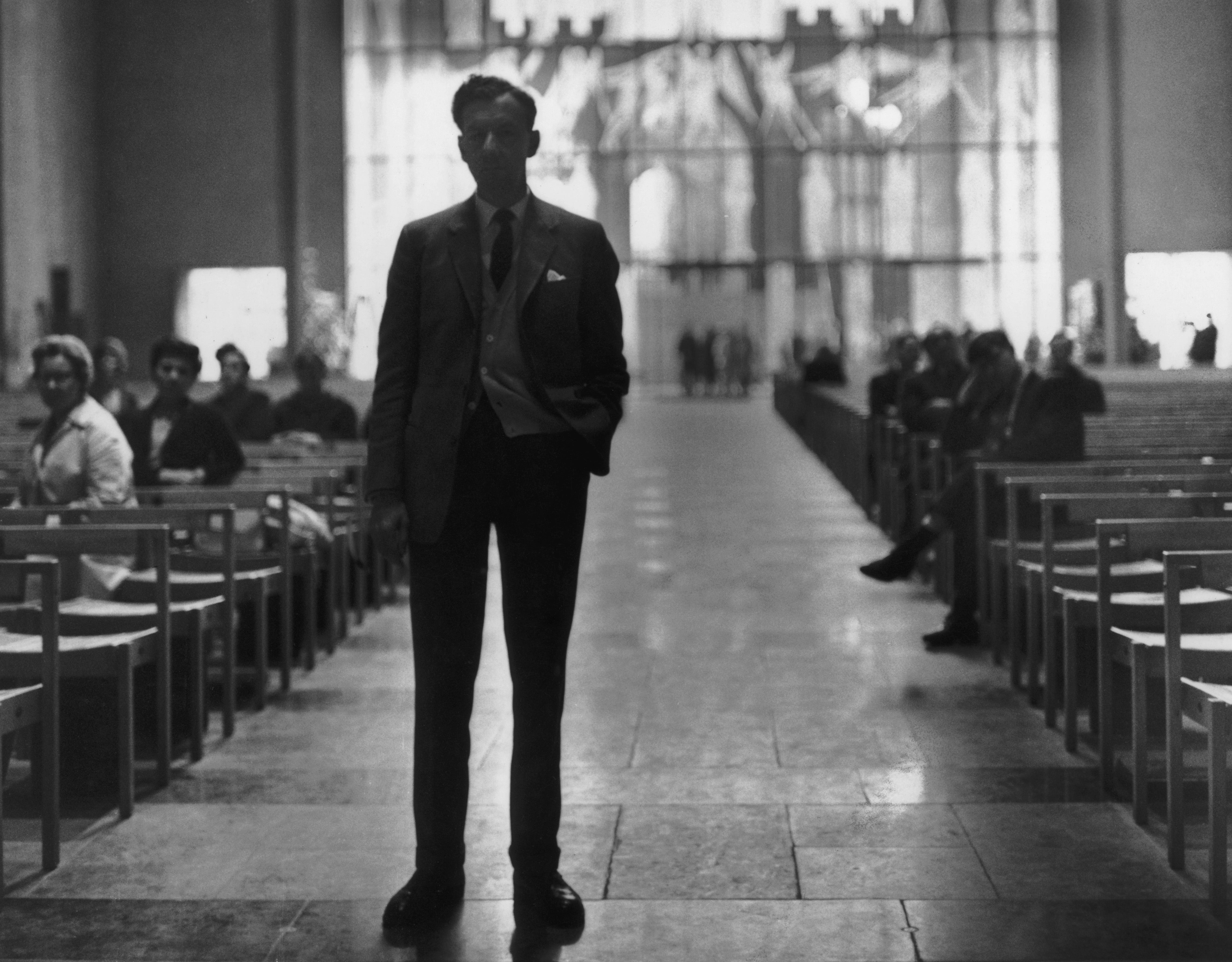
According to the artist, the piece was all about “representing themes of hope, transcendence and healing”. Performed by musicians, choristers and The Choir With No Name – made up of some of Coventry’s diverse population of Ukrainians, Poles and others – the first half of the piece made use of projections to show both the wartime city and its present day state as a “city of sanctuary”.
The second half, meanwhile, was set in the ruins of the bombed cathedral with flickering lights providing a haunting atmosphere. If the work was not as inspirational as the surroundings in which it was set, the “noise” around it at least gave a kick start for the next few months of culture in the city of so much history.
The enthusiasm of the people here is overwhelming. This exhibition can be enjoyed by anyone walking along the high street. It’s such a brilliant idea
This year of culture is deliberately different to many of the others that preceded it. It is reluctant just to foist art and drama on the people; instead, it is working a lot from the bottom up, involving the local population – including the homeless – and always emphasising the marked diversity of Coventry.
Chenine Bhathena, creative director for Coventry UK City of Culture, said: “We have to have a programme that tells the story of the city and reveals its identities. There’s a heritage in the city rooted in the Second World War and the Blitz. There was a lot of looking back. We wanted to use City of Culture to look at what we are now and how we are moving forward.
“If we had just dropped art and culture on the city, it would not have been the right thing. We have gone into the communities and asked what are the stories you want to tell. Our project, Faith, came out of that conversation. The Sikh temples and churches came together. We had a big feast, we filmed it and we had a ‘cookathon’. The Dean of the Cathedral made pancakes, and with the help of the Royal Shakespeare Company we produced 24-hour event with poetry in the streets and a parade with fire torches.”

Diversity, a key theme of the Year of Culture, is a key part of everyday life in Coventry. Some 27 per cent of the people of Coventry was born outside the UK. It is also a very young city, on average seven years younger than any other city.
Another successful way of involving local people is the project called The Show Windows: Reflections. Shoppers are confronted with artworks in shop windows. All have some sort of resonance with the city. Among them are works by Geoffrey Clarke RA, Dame Elizabeth Frink RA, Käthe Kollwitz and Coventry-born George Shaw, who was shortlisted for the Turner Prize in 2011. Taking place in Coventry City Arcade, the exhibition in conjunction with the British Museum which has loaned the pieces, explores hope, reconciliation and reinvention in connection to Coventry’s post-war heritage, while reflecting on life in the city today. Each of these displays has been curated by local community groups
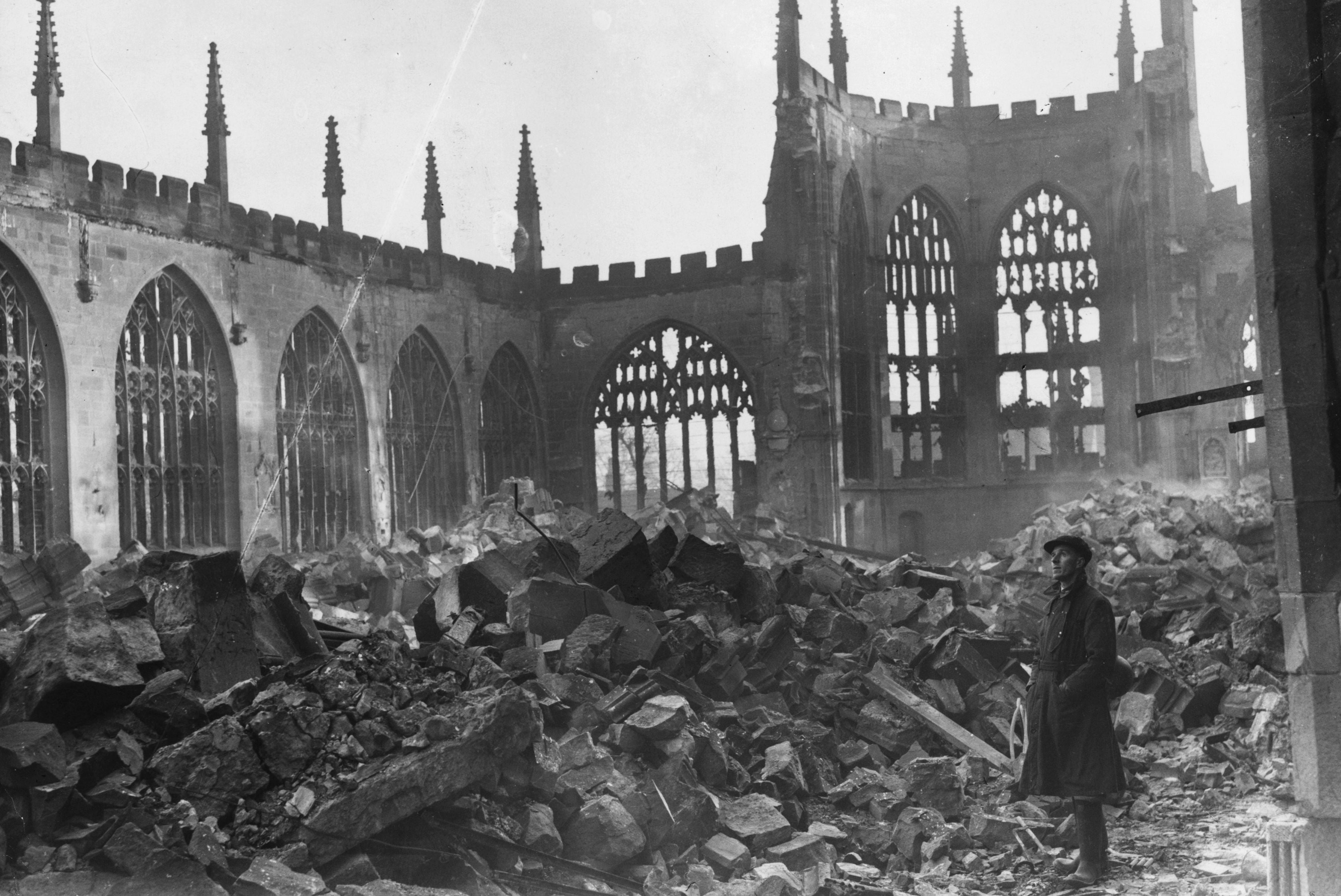
It is a visibility that is not unhelpful either to the London-based British Museum. Hartwig Fischer, director of the British Museum, said: “The BM has partnerships across the whole of the UK. We want to be out there. We want to engage.”
When I spoke to arts minister Lord Parkinson as he viewed some of the shop window artworks, he said: “The enthusiasm of the people here is overwhelming. This exhibition can be enjoyed by anyone walking along the high street. It’s such a brilliant idea. Local people are turning shop windows into portals explaining the diversity of the city. The UK City of Culture is an important part of the government’s work to level up. It restores civic pride and gives a long legacy.”
One aspect of any UK City of Culture is its legacy. And there is a potentially large one for Coventry. It has just arranged to house the national art collections of the Arts Council and British Council
Some of the events planned for the next few months are even more eye-catching.
Opening in April, the Reel Store will be a permanent new visitor attraction in the heart of city. The gallery will be located in the former home of the Coventry Evening Telegraph. Work is currently underway to transform the old reel store, which was once home to the rolls of paper, on to which the city’s stories would be printed. As part of this exhibition, Machine Memoirs: Space, by tech-focused artist Refik Anadol, uses AI and machine learning to display heady 360-degree digital interpretations of Nasa space photography. As UK City of Culture’s Laura McMillan, director of audience strategy, says: “You go through a small door in Coventry and suddenly you are entering outer space.”
Then building on Coventry’s musical heritage, in February there will be a festival with young people, including hip-hop, dance and comedy. The CVX Festival is a pioneering three-day celebration of youth culture produced by young people in the city around the themes of community, unity and social change. It will bring together local, regional and national artists using their platform as role models to stand up for young people and take a stand against violence. Through a programme of talks, workshops and performances it will also be a stage for exploring the issues facing young people at risk in the city and showing the power of arts and culture in helping to shape their futures.

Creative director, Bhathena says: “We have a big problem with knife crime in the city and we are working a lot with young people to get them involved.”
Also of interest to the young, and maybe not so young, is an event coming up in March. In Pursuit of Repetitive Beats is an interactive virtual reality experience by award-winning filmmaker Darren Emerson, inviting audiences to go in search of an illegal rave, one night in Coventry in 1989. From poster-strewn bedrooms to pirate radio stations, police headquarters to secret warehouses, attendees step into the shoes of rave culture pioneers going in search of the party. Combining acid house tracks with interactivity and multi-sensory simulation, In Pursuit of Repetitive Beats aims to bring to life the stories of the promoters, police officers, and rave-goers, whose rivalries and relationships drove a revolution in music and society.

One aspect of any UK City of Culture is its legacy. And there is a potentially large one for Coventry. It has just arranged to house the national art collections of the Arts Council and British Council, currently in London, and has bought the old Ikea building in the city to do so. The possibilities are enormous. It could, of course, just be an administrative centre to lend the artworks by a host of famous names to venues around the country – and it is a legal obligation that they are used for touring. But that might prove a wasted opportunity. For it could also find a way to host exhibitions in Coventry and hold educational projects around the artworks. If the city leaders can get agreement from the Arts Council and British Council to do that, the prospects are tantalising.
It is already something of a mystery why Coventry isn’t more of a tourist destination. The pleasing aspect of its wide pedestrian thoroughfares, city squares, sculpture and statues including Lady Godiva and Peeping Tom – who broke the pledge not to look at her nakedness – are among those commemorated, as well as Basil Spence’s cathedral, the ruins of the old cathedral, the impressive Herbert Art Gallery and more are all worth the trip alone.
Perhaps its imaginative use of the UK City of Culture role will make it more of a place to visit. And when the stint as UK City of Culture ends, it will be followed by the city hosting part of Birmingham’s Commonwealth Games, the International Children’s games, and matches in the Rugby League World Cup. It’s a year that could prove a catalyst for the city’s national and international image.
Join our commenting forum
Join thought-provoking conversations, follow other Independent readers and see their replies
Comments
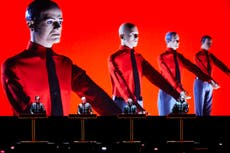

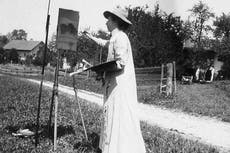
Bookmark popover
Removed from bookmarks